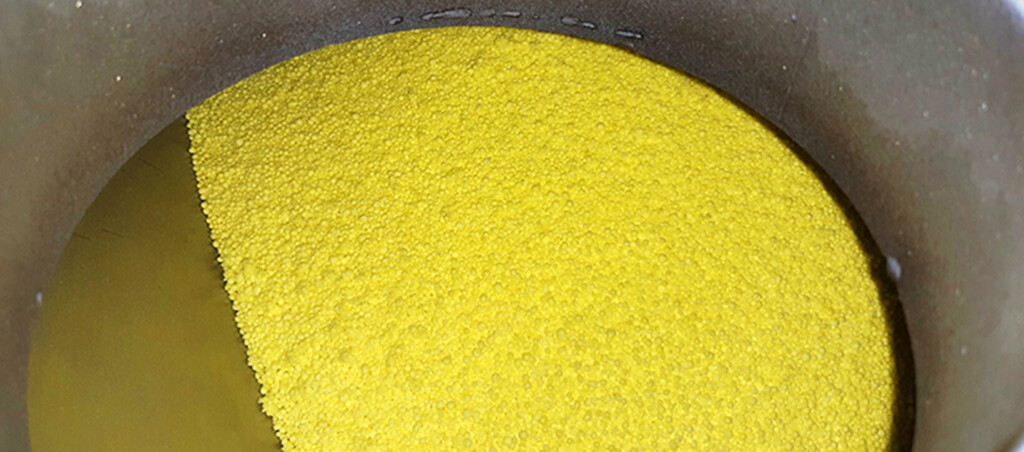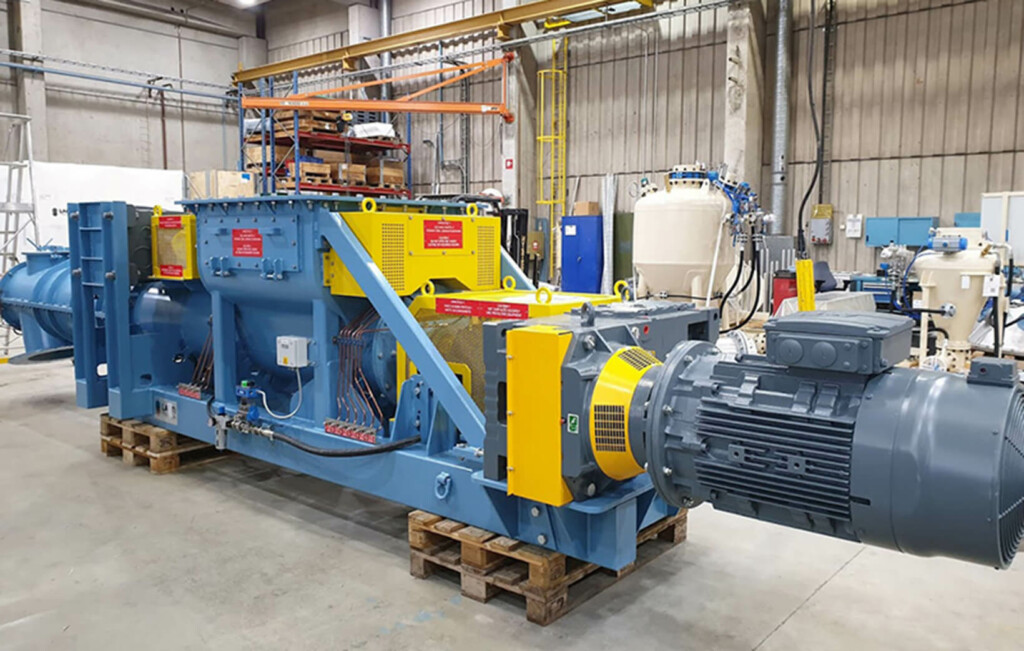The use of peat as a raw material for combustible energy has become a hot topic because of its negative environmental impact. The Finnish government has, therefore, set targets to phase out peat combustion in the country by 2035. In reality, energy companies are preparing for the change much faster. Peat has been replaced by various other combustible biomasses, although these have created new challenges for the equipment used in the process. Tamtron meets these challenges with its solid experience and innovative technical solutions.
Sulfur to shield fuel boiler from corrosion and wear
The reduction in the use of peat and its eventual phasing out as a fuel for power plants has led to the need to protect boilers against corrosion and wear, thus extending their lifetime.
The corrosion problem has been reduced by adding a small amount of sulfur to low-sulfur fuel, which, when oxidized, binds chloride-binding alkalis such as sodium and potassium. Even in a relatively high power plant, the amount of sulfur added does not need to be great to achieve the desired chemical balance of the substances. Sulfur is not added to the furnace but is mixed uniformly into a continuous stream of material.

Sulfur consumption determines storage needs
The needs of power plants for sulfur dosing in the fuel stream vary widely depending, for example, on the production capacity of the plant. This in turn often leads to the question of how sulfur should be stored.
Sulfur may be transferred by pressure transfer directly from a tanker truck, in which case a separate silo for bulk storage is required. They, in turn, have conditions for ensuring that the material stored does not clump and that the silo itself can serve its purpose for as long as possible. The silo should therefore be made of stainless and probably even acid-resistant steel.
The silo is filled by power transfer by blowing, which requires good dust extraction equipment at the silo deck level. Other safety equipment such as surface barriers, overpressure and explosion protection (ATEX) and the necessary treatment levels must also be taken into account in silos. A silo that is at least ventilated and possibly electrically heated is an excellent way of preventing water condensation.
Sulfur may also be brought to the site in big bags, in which case a covered warehouse with a capacity of a few bags and one or two unloading stations for big bags are sufficient. When handling big bags, and especially when lifting full bags, it is important to bear the matters of occupational safety in mind.

Dosing sulfur into biofuel requires accuracy
As new fuel is constantly fed into the boiler, sulfur dosing in the fuel stream requires a continuous, reliable, and accurate dosing system. Tamtron’s LIW (Loss-In-Weight) feeders of various sizes are ideally suited to this need and are sized and commissioned by Tamtron’s experts according to customer’s specific needs.
The most important part of the process, the dosing system itself, can either be installed at the power plant or brought on site as a pre-assembled and tested module.
Sulfur is easy to handle as a material, but the ATEX classification of this highly flammable material poses challenges. Sulfur dusting also causes a variety of problems in storage and factory environments.
Equipment and components used for the storage and transfer of material must comply with the ATEX Directive throughout the transfer chain to meet the requirements for the use of explosive materials. Storage conditions must also be appropriate, as an excessively cold or humid environment will cause condensation, which in turn will contribute to sulphur clumping and corrosion of silos.
Although sulphur is much discussed, it is just one material among others. To produce energy with the lowest possible emissions, the pace of change is fast, and energy facilities are constantly faced with new needs for material dosing and material flow management. Whatever the need, Tamtron always strives to be at the forefront of customer and environmental benefits.
Guide to designing scales and weighing systems
Our guide provides designers and those responsible for purchasing a weighing system with information and advice on the needs of modern design and how to get the most out of a weighing system to benefit your business.
Interested in weighing insight?
Subscribe to our newsletter, and you’ll receive an email a few times a year with up-to-date information on weighing and dosing solutions.


